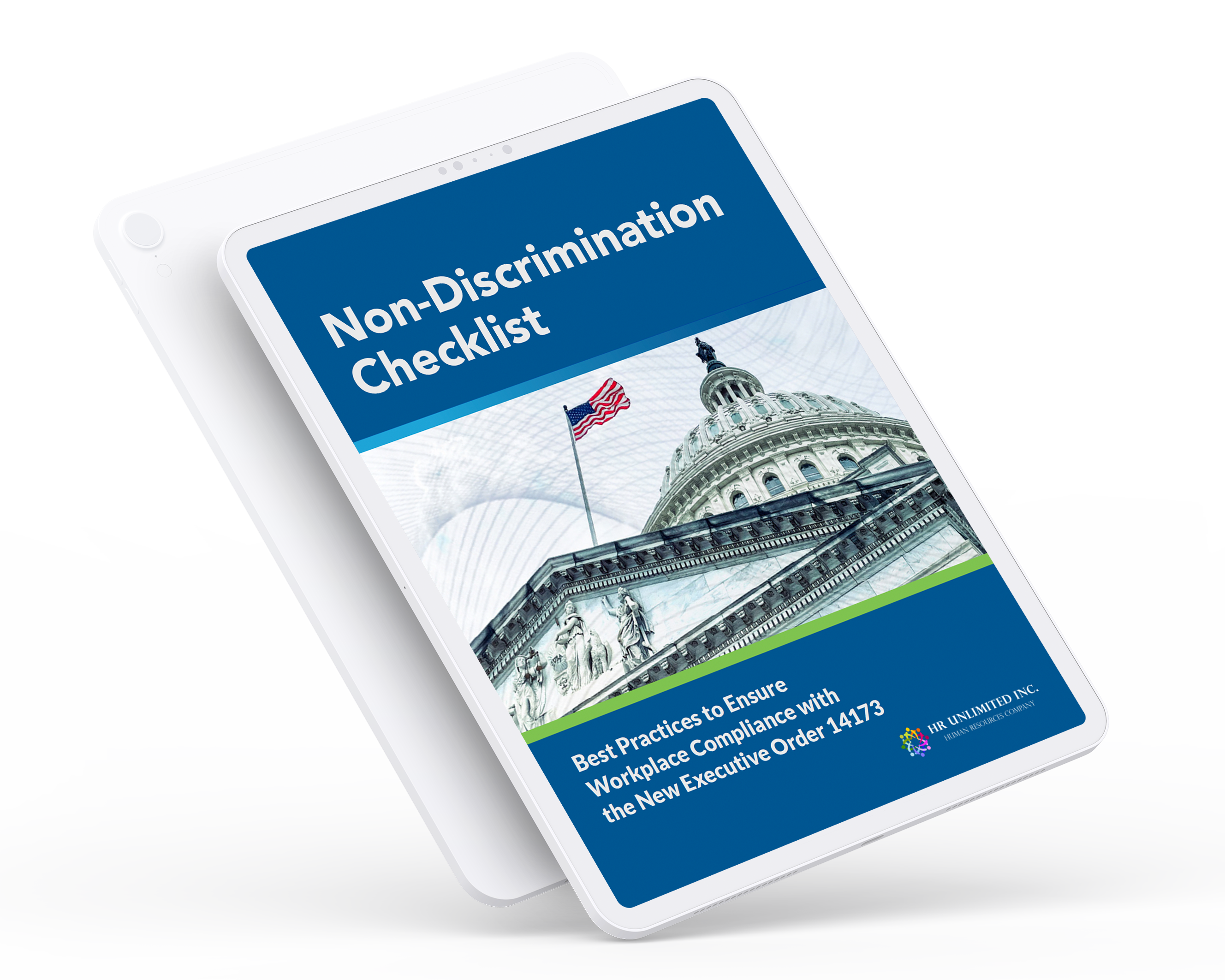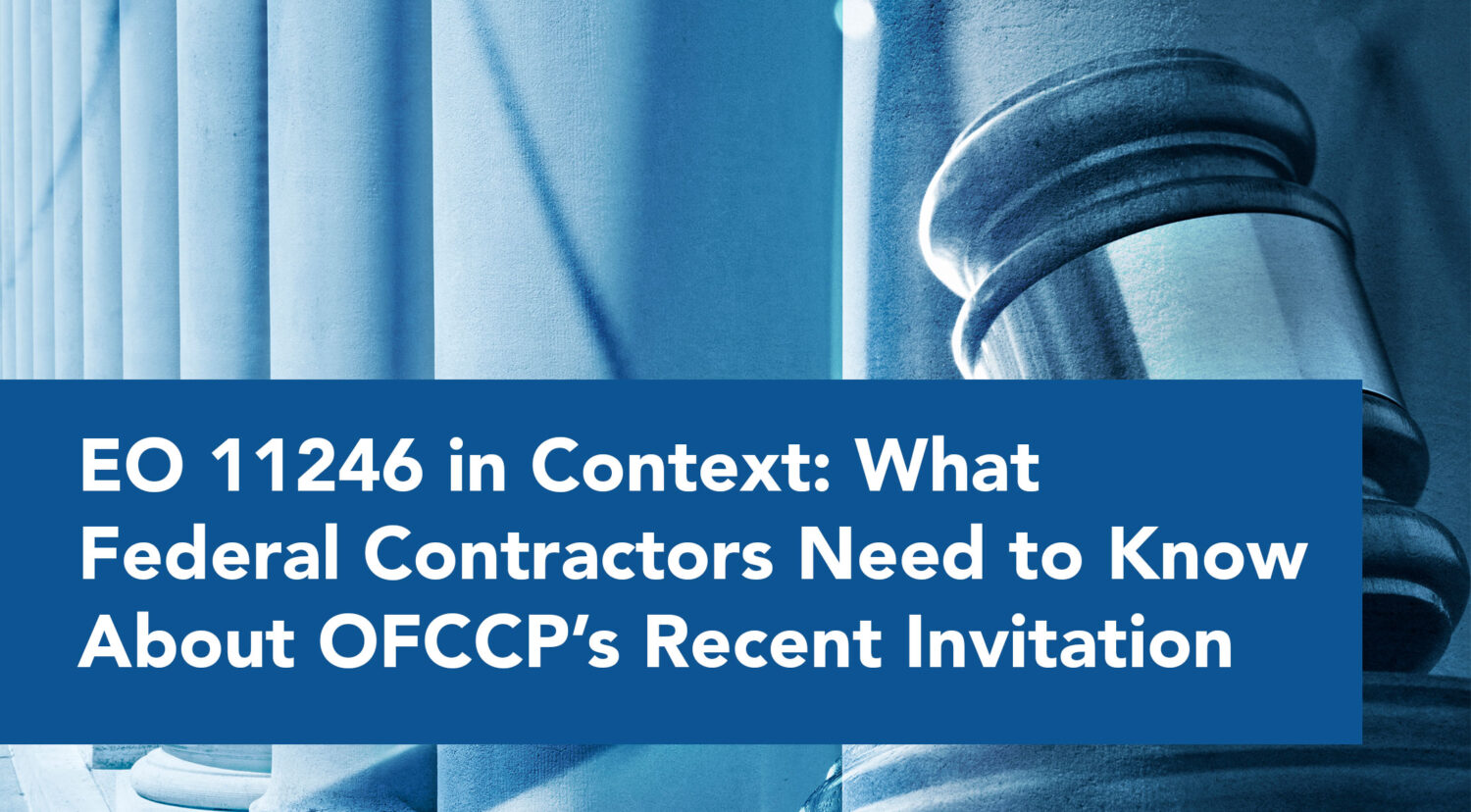

On April 25, a federal judge ruled that the Equal Employment Opportunity Commission will have until Sept. 30 to collect worker pay data from employers. More than 60,000 employers will have to turn over worker pay data to the EEOC as part of the new requirement for filing the EEO-1.
The pay data reporting changes were originally slated to come into effect by March 2017, but were blocked by the Trump administration in 2017. That year, a coalition of organizations including the National Women’s Law Center, Democracy Forward, and the Labor Council for Latin American Advancement, filed an action challenging the Trump administration’s stay; and on March 4, 2019 the United States District Court for the District of Columbia ruled that the Obama-era pay data reporting requirement be immediately reinstated.
Supporters of the new reporting requirements asked that the requirement take effect in May. However, on April 22, the coalition of labor organizations withdrew their challenge, leaving the EEOC’s deadline in the hands of the federal judge who issued the latest ruling on April 25.
EEOC’s chief data officer Samuel Haffner said the agency was not equipped to collect the data, by May. “There is a serious risk that the expedited data collection may yield poor quality data because of the limited quality control and quality assurance measures that would be implemented due to the expedited timeline,” Haffner said.
Instead the agency proposed the September deadline, saying it would be able to meet the adjusted deadline with the help of a third-party vendor. The EEOC expects to spend approximately $3 million to utilize a data analytics contractor to provide processes, procedures, and systems to help with the pay data collection.
Under the new requirement, large employers are ordered to provide the EEOC with pay data by race, ethnicity and sex and job category. This includes data on wages and hours worked from employers with 100 or more employees, and federal contractors with 50 or more employees. As part of the initiative, the EEOC would continue to use the previously approved EEO-1 form to collect the data on race/ethnicity and gender. The judge’s recent order also requires the EEOC to collect a second year of data, either the 2017 or 2019 calendar year, and notify the court of its decision by May 3.
An estimated 63 million employees will be covered under the new reporting requirement. It was designed by the Obama administration to aid public enforcement of equal pay laws by forcing employers to be more transparent about how much they pay workers while making it easier for the EEOC to find patterns of potential pay discrimination.
Critics have said the new requirements are too burdensome and in a 2017 statement, the Trump administration agreed. Now, employers have five months to cull and report the necessary pay data as part of their EEO-1 reporting.





